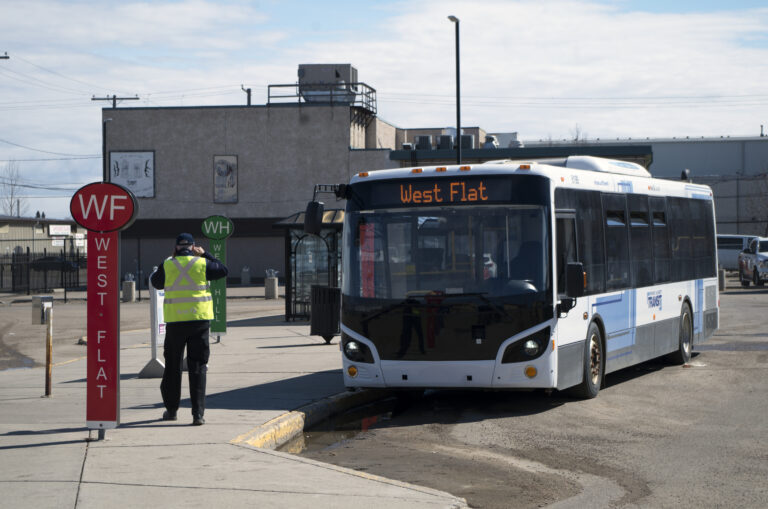
Bailey Sutherland
Special to the Herald
Yearly ridership for the City of Prince Albert bus service decreased significantly in 2021, largely due to COVID-19 and maintenance issues.
Prince Albert City Council discussed the issued after getting a look at the 2021 Transit Review during Monday’s council meeting. The review showed yearly ridership had decreased by as much as 52 per cent when comparing January 2020 to January 2021.
The last year was a difficult year for the city of Prince Albert’s transit service. The main transit fleet was pulled off the road in April due to cracked frames on all 7 vehicles and there were maintenance issues that disrupted services to many areas of the city, including the shutdown of the Rush Hour bus.
The City lost an estimated $240,000 in transit pass revenue last year. COVID and maintenance issues were the main reasons, but the City also lost $35,000 in anticipated advertisement revenue.
In the first month of 2022, the City has already missed 377 transit hours due to bus maintenance.
The decrease in ridership is also largely due to COVID-19. Monthly ridership bottomed out in April 2020 at 13,593. The largest ridership month came in March 2021, with 23,724 riders.
The transit review also revealed what administration called an “unprecedented” amount of vandalism at the bus shelters, where upwards of 80 glass shelter panels were shattered between April 2020 and June 2021. Alternative replacements are set to be installed this coming spring.
Transit Manager for the City of Prince Albert, Evan Hastings, says they will be “mostly metal with holes drilled into it… so it can’t be smashed out or damaged”. The metal meshing will give some shelter, but will not be a complete protection from the elements.
The Prince Albert Police Service have not yet apprehended any perpetrators of the vandalism. Although City Solicitor, Mitchell Holash, says a restitution order will be asked of the court as part of the culprit’s sentencing.
In addition, the city can also sue to make up for the damages incurred.
Prior to COVID, the City transit service saw a significant increase in use. Ridership levels jumped by 60 per cent between 2009 and 2019.
